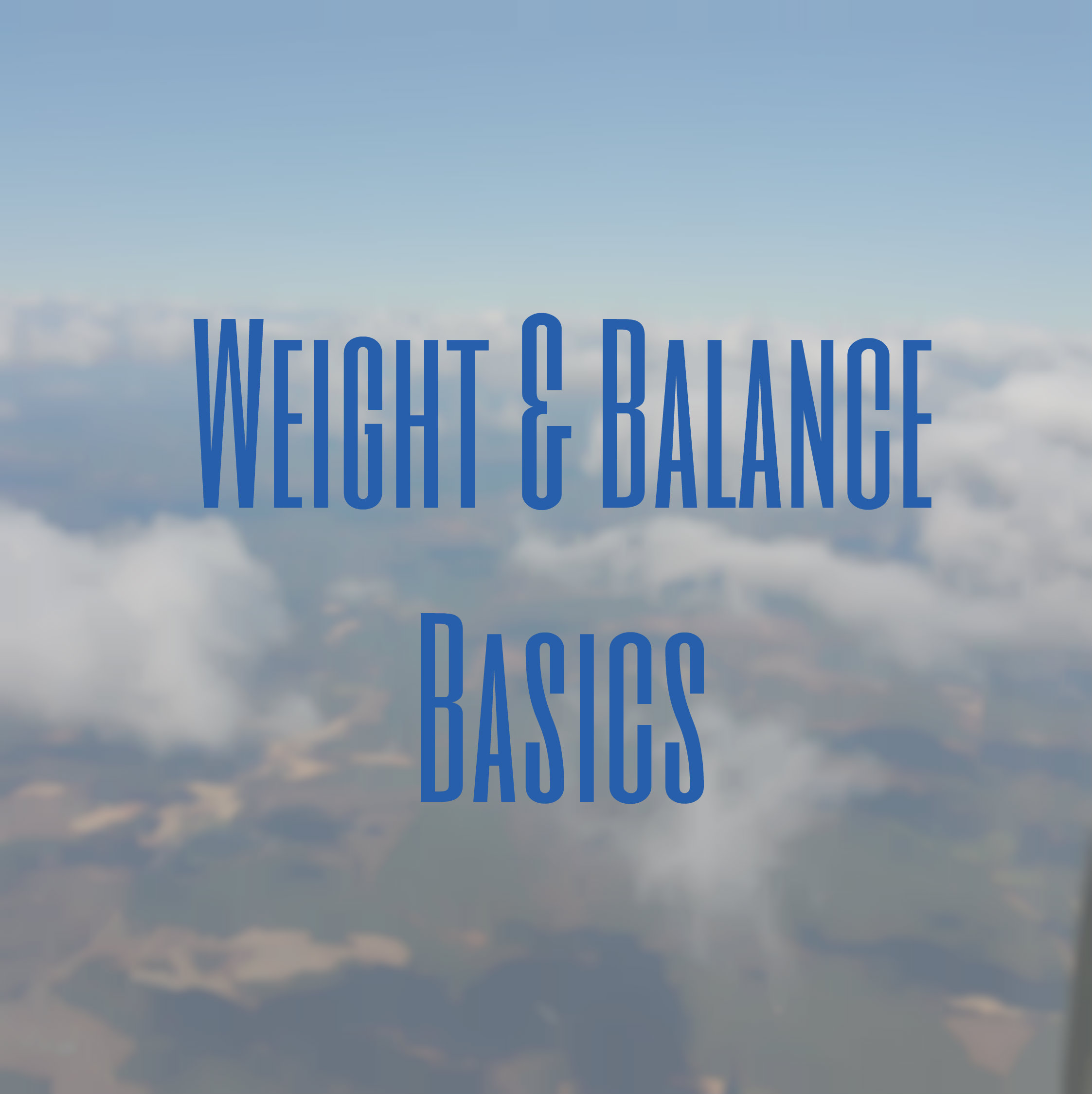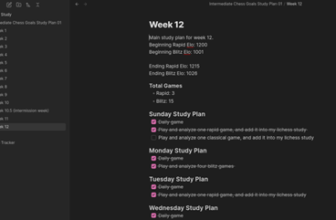
M = W * A Moment = Weight * Arm
First, let’s look at what these words mean.
Moment (also known as torque) is the rotational force applied to a body. Think of your airplane like a seesaw. The fulcrum is the wing because, like the fulcrum of a seesaw, the wing is keeping you from touching the ground.
The moment is the force from you sitting on one side of the seesaw. You are creating a rotational force around the fulcrum, which is why the seesaw will rotate until you are on the ground.
To continue the seesaw metaphor, say your friend comes and sits on the other end of the seesaw. Now he is adding a moment in the other direction and you will cancel each other out. This is our goal in the airplane as well.
We want to get the weight balanced so that our airplane (seesaw) stays balanced!
Weight is pretty straightforward I think. It is the total downward force provided by gravity.
Arm refers to the position of the center of gravity. It is the length (usually in inches) that the CG is behind the reference datum.
Reference Datum is simply the place on the airplane that the manufacturer has decided to use as the zero point. All measurements for weight and balance start from this spot. On many light planes, it is either the firewall between the engine and cockpit, or it is the tip of the spinner.
Station refers to a place in the airplane where you might put stuff. For example, the front seats of a Cessna 152 have a station arm of 39 inches from the datum (firewall). The manufacturer also notes that the seats are adjustable and the real position of the front seat’s CG may vary from 33 to 41 inches. Luckily, this variability can be handled and I will explain that in another post.
In general, to calculate weight and balance you will look at the empty weight and the weight you have in each station and use it to calculate the moment that this station adds to the aircraft. In a 152, for example, a 200 pound pilot in the front seat will apply a moment of 7800 in-lbs to the aircraft. Then we add this to the aircraft’s empty weight and moment.
For our 152 the empty weight might be 1100 pounds, so the total weight becomes 1300 lbs when the pilot is on board.
The empty moment in our 152 is 34000 in-lbs. When we add the pilot’s moment the total is 41800 in-lbs.
Now that we have totals for weight and moment we just need to use our formula (weight times arm equals moment) to get the total arm, which is the center of gravity.
Plugging our totals into the formula:
1300 lbs * ? inches = 41800 in-lbs
To get the inches, simply divide the lbs from both sides:
(1300 lbs * ? inches) / 1300 lbs = 41800 in-lbs / 1300 lbs
The 1300 lbs cancel out on the left and the formula becomes:
? inches = 41800 in-lbs / 1300 lbs ? = 32.154 inches
To avoid having to cancel things out this way you can just remember another useful formula:
Arm = Moment / Weight
There is more to it than this since our sample 152 will need fuel if it wants to go anywhere! We will cover some full weight and balance samples later.





